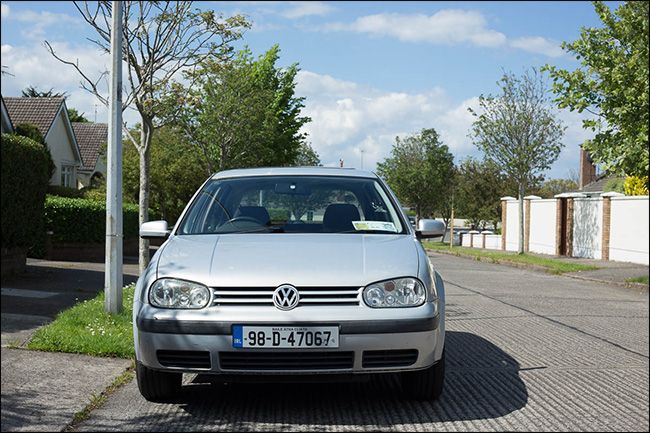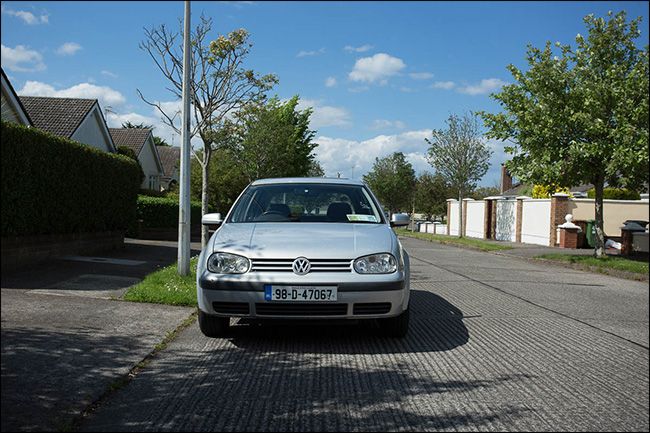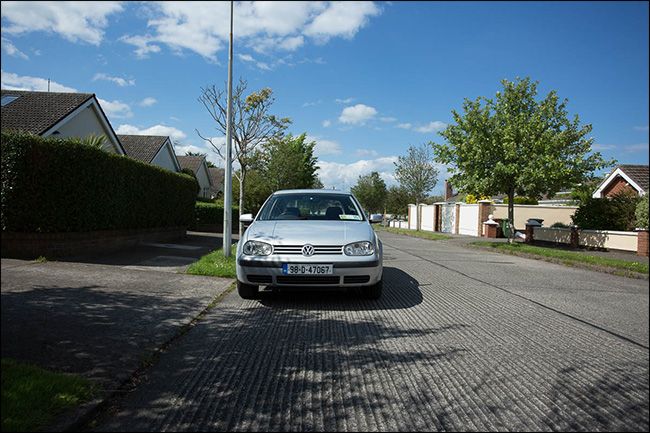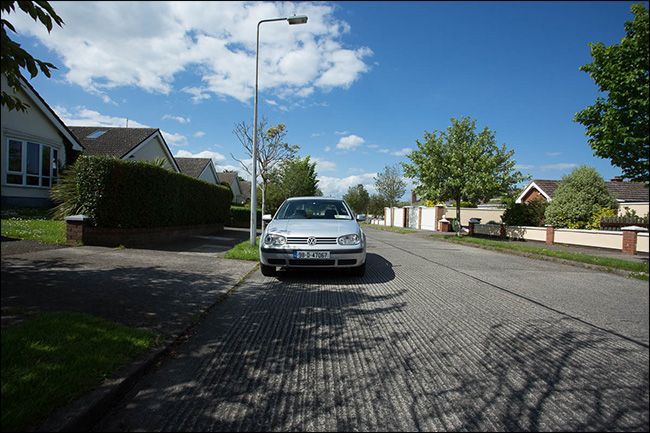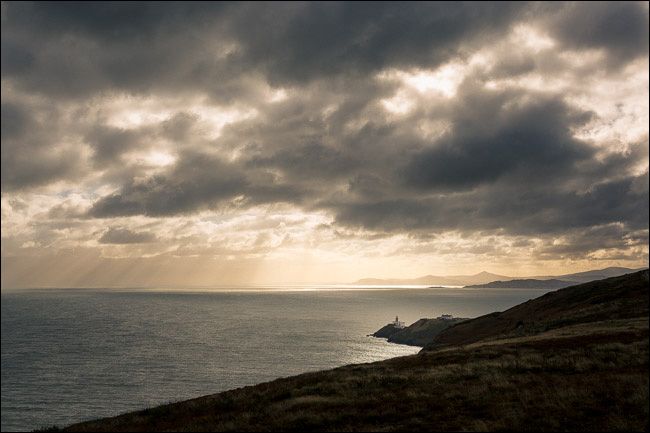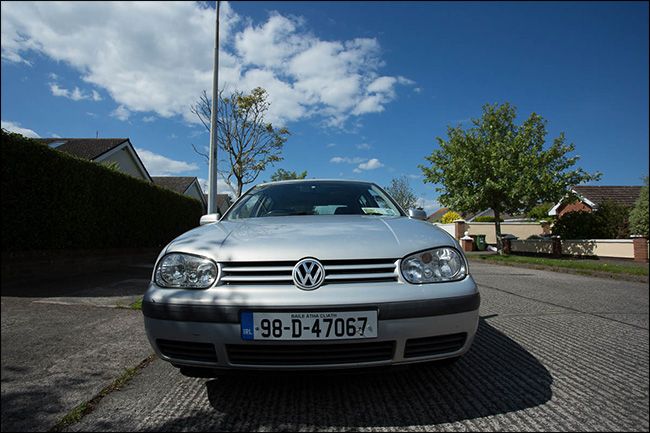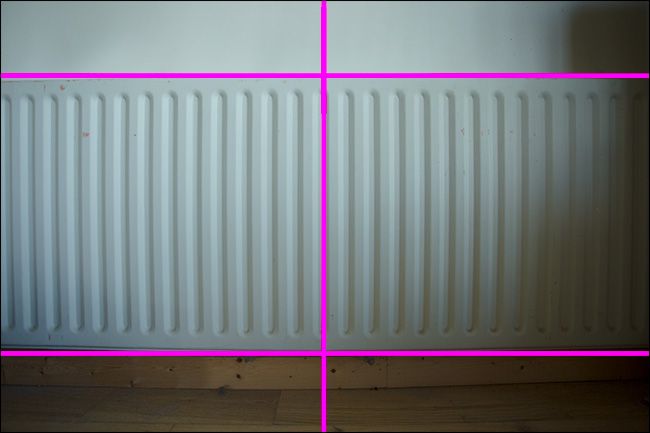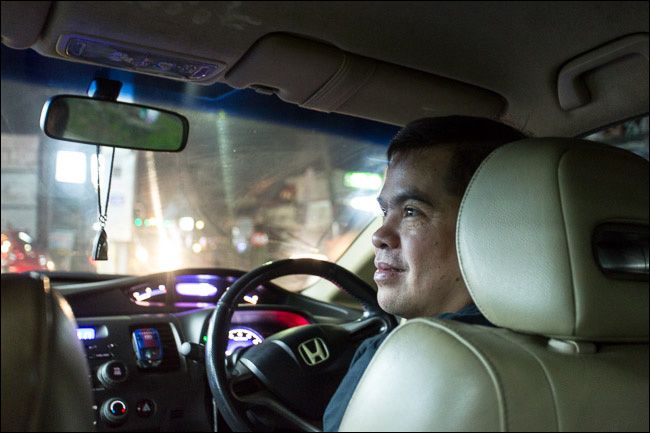Quick Links
A wide-angle camera lens can make for some pretty interesting photos, but how is it different from other lenses, and when should you use it?
What Is a Wide-Angle Lens?
A wide-angle lens has a field of view significantly wider than that of the human eye. In other words, it’s got a wider field of view than a normal lens, which has a focal length of somewhere between 40mm and 58mm on a full frame camera.
This means that, on a full frame camera, any lens with a focal length of less than 35mm is considered to be a wide-angle lens. The lower the focal length, the wider the field of view and thus, the wider the lens. Any lens with a focal length lower than 24mm may be referred to as an ultra wide-angle lens.
On a crop sensor camera, wide-angle lenses start at a focal length of around 24mm and go down from there. Ultra wide-angle lenses start at around 16mm.
Let’s look at this in action. This photo was taken at 50mm, a normal focal length, on a full frame camera. The photo appears pretty similar to how things look with your eyes.
This photo was taken at 35mm. It just qualifies as wide-angle. Notice how much more of the scene is showing.
This photo was taken at 24mm. This is the start of "ultra" wide-angle. Once again, even more of the scene is captured in the photograph.
This photo was taken at 17mm, which is as wide as my lens will go. The image looks completely different than the one taken with the normal lens.
How a Wide-Angle Lens Affects Your Images
The most obvious effect of wide-angle lenses is their massive field of view. You can just capture a huge amount of a scene in a single image. That’s the main reason they’re popular with landscape photographers.
Wide-angle lenses have a dramatic effect on perspective too. Objects close to the camera will appear much larger than objects further away. It’s an entirely different look to what we see with our eyes. You can see this in the image below.
With wide-angle lenses, it’s very easy to get a large depth of field. The short focal length means that you can have everything from a few feet in front of the camera to the mountains in the distance in sharp focus. This is much more difficult with a lens with a longer focal lens. On the other hand, it’s very difficult to get a shallow depth of field with a wide angle lens, even at wide apertures.
One potentially unwanted side effect of wide-angle lenses is that they can introduce distortion—particularly at wider focal lengths and with cheaper lenses. Lines that are straight in reality appear curved in the image. Look at the photo below, it was taken at 17mm.
I’ve added a straight horizon line in Photoshop, but you can see that the straight lines of the radiator curve away from it. For some subjects, this will matter more than others.
The Pros and Cons of Wide-Angle Lenses
The big advantage of wide-angle lenses is just how much of a scene you can show in one photo. While they’re used by landscape photographers to capture the scale of nature, this also has other uses.
If you’re shooting somewhere tight, like a busy street, nightclub, or party, a wide-angle lens makes it much easier to capture everything. You can be just a few feet away from your subject and still get everything you want in the image. With a normal lens, you’d need to step back much further, and this just isn’t always possible.
The big disadvantage of wide-angle lenses is how they shift perspective and introduce distortion. Photos taken with a wide-angle lens can have a slightly surreal quality. Portraits taken with wide-angle lenses often make it look like the subject has a very large nose. This makes them unsuitable for some kinds of photography.
What Wide-Angle Lenses are Available?
Most wide-angle lenses are zoom lenses, although you can get a single focal length prime lenses. Here are some of the best starting options for different cameras.
Canon
- Full Frame: Canon EF 17-40mm f/4L USM Ultra Wide Angle Zoom Lens.
- Crop Sensor: Canon EF-S 10-18mm f/4.5-5.6 IS STM Lens.
Nikon
- Full Frame: Nikon AF-S FX NIKKOR 18-35mm f/3.5-4.5G ED Zoom Lens.
- Crop Sensor: Nikon AF-S DX NIKKOR 10-24mm f/3.5-4.5G ED Zoom Lens.
Wide-angle lenses are great in lots of situations, from landscape to street photography. They’re quite specialized, so they won’t always be the right tool for the job, but I’m a big fan.


